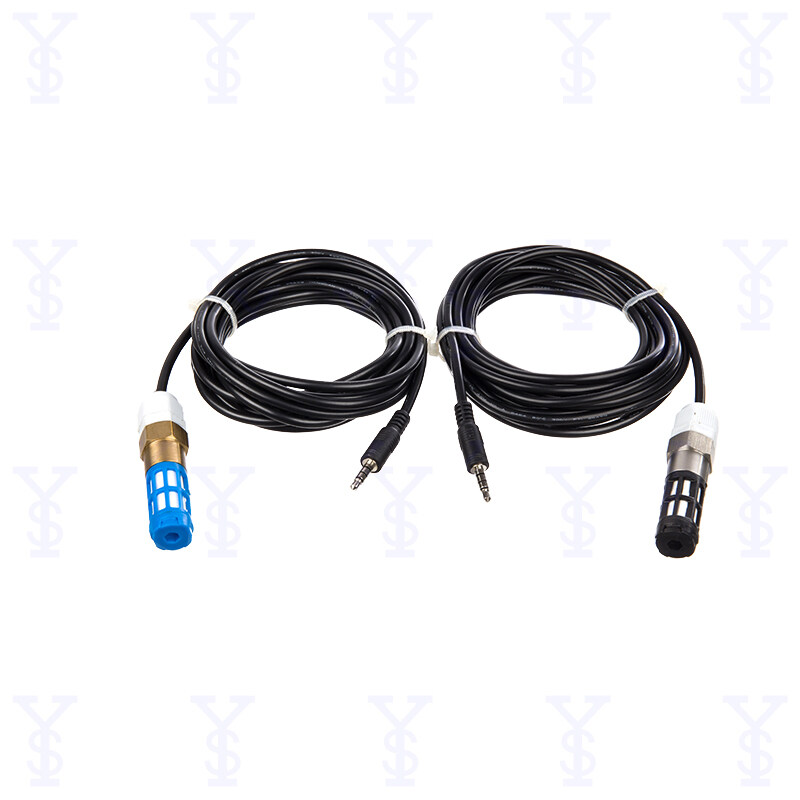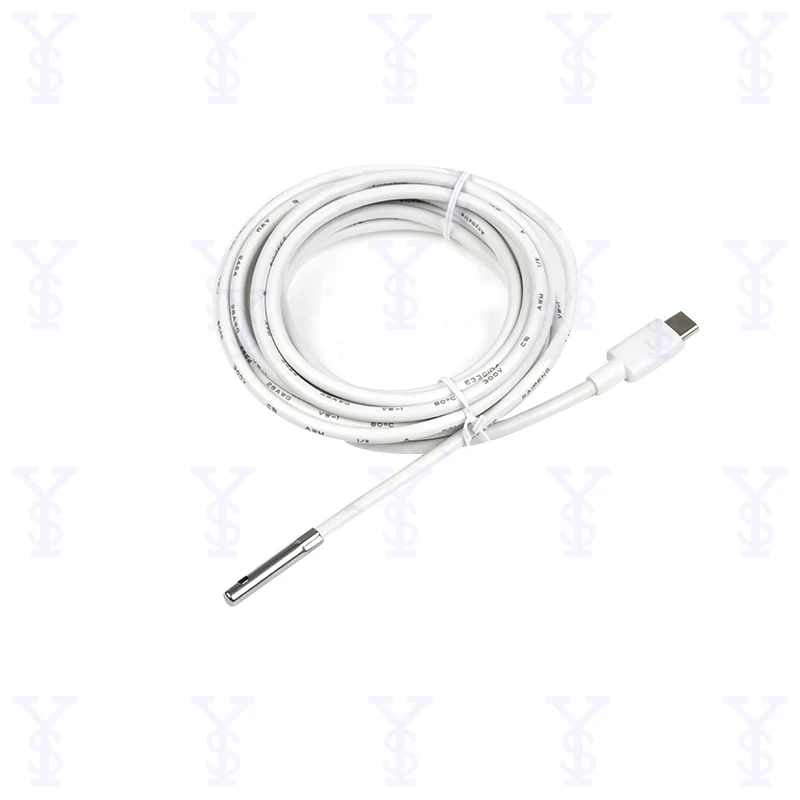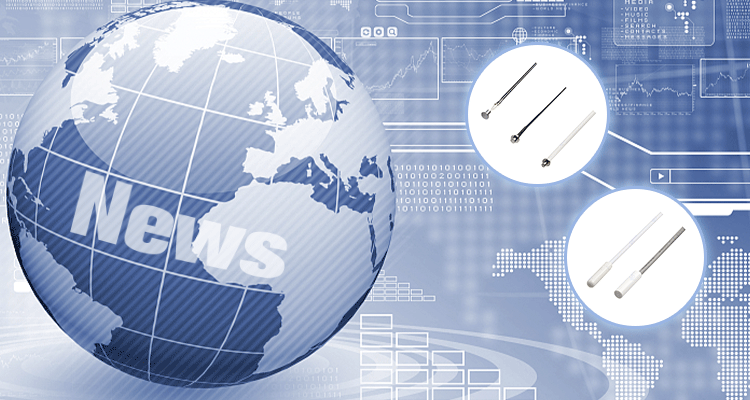Email format error
Email cannot be empty
Email already exists
6-20 characters(letters plus numbers only)
The password is inconsistent
Email format error
Email cannot be empty
Email does not exist
6-20 characters(letters plus numbers only)
The password is inconsistent


The Vital Role of Temperature and Humidity Sensor in Agriculture
In the ever-evolving world of agriculture, technological advancements are pivotal in driving efficiency, sustainability, and productivity. Among these innovations, the temperature and humidity sensor in agriculture has emerged as a crucial tool. These sensors provide real-time data that help farmers optimize growing conditions, ultimately leading to better crop yields and resource management. In this comprehensive post, we will delve into the importance of temperature and humidity sensors, their working mechanisms, benefits, and various applications within the agricultural sector.
What Are Temperature and Humidity Sensors?
Temperature and humidity sensors are devices designed to measure the ambient temperature and the moisture content in the air. These sensors come in various types, including capacitive, resistive, and thermal-based models. The primary function of these sensors is to collect environmental data that can be analyzed to understand and control the conditions under which crops are grown.
How Do Temperature and Humidity Sensors Work?
Temperature sensors, such as thermistors, resistance temperature detectors (RTDs), and thermocouples, measure heat levels. Humidity sensors can be either capacitive or resistive. Capacitive sensors measure the moisture level by detecting changes in electrical capacitance, while resistive sensors measure the resistance of a hygroscopic material. When integrated into an agricultural setting, these sensors continuously monitor the environment and send data to a central system for analysis. This data is crucial for understanding the microclimate around crops and making precise adjustments to optimize growing conditions.
Benefits of Temperature and Humidity Sensors in Agriculture
Enhanced Crop Management
The use of temperature and humidity sensor in agriculture allows farmers to closely monitor environmental conditions affecting crop growth. Real-time data enables farmers to adjust irrigation schedules, apply fertilizers more effectively, and take preventive measures against diseases and pests. This proactive approach leads to healthier crops and higher yields.
Improved Yield Quality and Quantity
With precise control over the growing environment, farmers can significantly improve both the quality and quantity of their yields. Consistent monitoring and adjustments based on sensor data ensure that crops are grown under optimal conditions, reducing the risk of poor growth or crop failure.
Resource Optimization
These sensors help optimize the use of resources such as water, fertilizers, and energy. By understanding the exact needs of the crops, farmers can avoid overuse of these resources, leading to cost savings and more sustainable farming practices.
Applications of Temperature and Humidity Sensors in Agriculture
Greenhouse Management
In greenhouse farming, maintaining the ideal internal environment is crucial for plant growth. Temperature and humidity sensor in agriculture plays a vital role in this setting, ensuring that temperature and humidity levels remain within the desired range. This prevents issues such as overheating, mold growth, or excessive dryness, creating a stable environment for plants to thrive.
Precision Agriculture
Precision agriculture involves using technology to make farming more accurate and controlled. Temperature and humidity sensors are a key component of this approach. They provide detailed data that can be used to create precise irrigation and fertilization plans, leading to better crop management and higher yields.
Livestock Farming
These sensors are also valuable in livestock farming. Monitoring temperature and humidity in barns and other animal housing ensures that animals remain comfortable and healthy. This can lead to better growth rates, higher productivity, and reduced mortality rates among livestock.
Integration with IoT and Smart Farming
The integration of temperature and humidity sensor in agriculture with the Internet of Things (IoT) and smart farming technologies has revolutionized the industry. IoT-enabled sensors can send data to cloud-based platforms, where it can be accessed and analyzed from anywhere in the world. This allows for real-time monitoring and decision-making, even from remote locations.
Case Studies and Success Stories
Case Study 1: Tomato Farming in California
A tomato farm in California integrated temperature and humidity sensor in agriculture into their operations. By monitoring the microclimate, they were able to adjust their irrigation and fertilization schedules more precisely. This led to a 20% increase in yield and a 15% reduction in water usage.
Case Study 2: Wheat Farming in Australia
In Australia, a large wheat farm implemented a network of temperature and humidity sensors. The data collected helped them identify the best planting times and optimize their irrigation systems. As a result, they saw a significant improvement in crop uniformity and overall yield.
Challenges and Considerations
While the benefits of temperature and humidity sensor in agriculture are clear, there are some challenges to consider. The initial cost of setting up these sensors and integrating them with existing systems can be high. Additionally, farmers need to be trained to interpret the data and make the necessary adjustments. Despite these challenges, the long-term benefits and potential cost savings make these sensors a worthwhile investment.
Future of Temperature and Humidity Sensors in Agriculture
The future of temperature and humidity sensor in agriculture looks promising. Advances in sensor technology, coupled with AI and machine learning, will further enhance the precision and capabilities of these devices. We can expect to see even more sophisticated systems that provide deeper insights into crop health and growing conditions, leading to more efficient and sustainable farming practices.
Conclusion
The use of temperature and humidity sensor in agriculture is transforming the way farmers manage their crops and resources. These sensors provide invaluable data that helps optimize growing conditions, improve yields, and ensure sustainable farming practices. As technology continues to advance, the role of these sensors will only become more critical, paving the way for a more efficient and productive agricultural sector.

